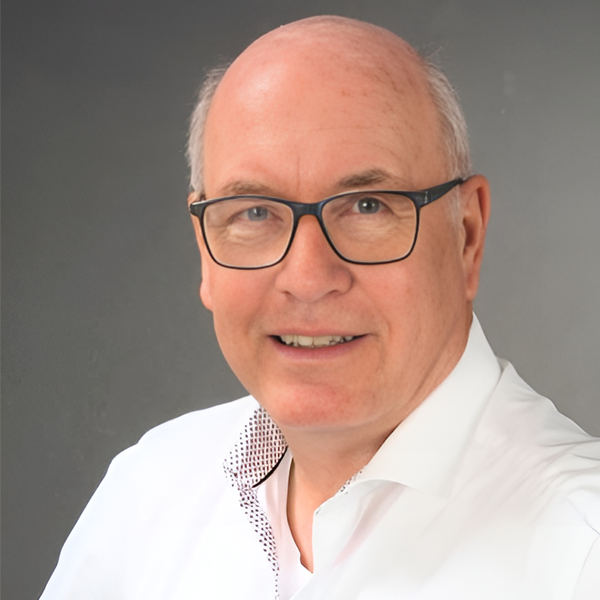Oct 2024

Abstract
Geothermal power from the Earth’s crust can be used for a wide range of applications, from low enthalpy heat through heating, drying, and cooling to electricity production. We usually refer to the so-called hydrothermal resources when talking about geothermal power plants. These natural steam or hot water resources can be found in tectonically active regions (such as plate boundaries), often characterized by intense natural seismic activity.
Using Enhanced Geothermal Technologies (EGS) technologies, a new geothermal reservoir, however, can be targeted even outside these regions within a volume of rock that is hot, tectonically stressed (preferably extensional tectonics), and fractured. Quite often, for instance, due to secondary - mineralization processes, such fractures have been - partly - sealed over time, resulting in low permeability and little or no immediate production of fluids.
Through a combination of hydraulic, thermal, and chemical processes, the target EGS reservoir can be ‘stimulated,’ causing the fractures to open, extend, and interconnect. This results in creating a conductive fracture network and a reservoir that, during operation, is indistinguishable from conventional geothermal reservoirs.
Thus, EGS technology could extend the margins of existing geothermal systems or create entirely new ones wherever appropriate thermal and tectonic conditions exist.
The benefits of EGS technologies are:
Biography
Joerg Baumgaertner is a geophysicist and obtained his Dr. rer. nat. at the Ruhr-University in Bochum, Germany, in 1987 in the field of hydrofrac stress measurements. His research was associated with the German Hot Dry Rock project at Falkenberg and international projects in Iceland, France, and Cyprus. From 1987 to 1989, Dr. Baumgaertner held an Alexander-von-Humboldt research scholarship at Dowell-Schlumberger and Stanford University (USA). Parallel to his research activities
Dr. Baumgaertner participated in numerous international consulting projects for tunnel stability (Germany), hydroelectric power plants (Russia, Indonesia, Switzerland, Israel), nuclear waste storage, and power plant safety (Germany, USA). In 1989 and 1990, Dr. Baumgaertner participated in the German Deep Drilling Project KTB, being responsible for deep in situ hydrofrac stress measurements.
From late 1990 until 2001, he acted as project coordinator for the European Hot Dry Rock geothermal project at Soultz-sous-Forêts in France.
Since 2001, Dr. Baumgaertner has been the majority shareholder and CEO of BESTEC GmbH. Additionally, from 2001 until 2016, he was a member of the management, shareholder, and supervisory boards of EEIG Heat Mining in Soultz-sous-Forêts, France. Among the EEIG Heat Mining members at the time were EDF, Electricité de Strasbourg, Pfalzwerke, Shell, EnBW, STEAG, and BESTEC.
With BESTEC GmbH, he has been engaged in geothermal and EGS projects in Germany, France, the USA, Australia, Hungary, South Korea, Turkey, Japan, and lately in the UK. Dr. Baumgaertner has been acting as drilling manager for several geothermal deep drilling operations targeting depths exceeding 5 km and temperatures of up to 240°C. With BESTEC GmbH, he also worked as a general contractor for the geothermal EGS-type power plant at Insheim in Germany, which has been in operation since 2012.